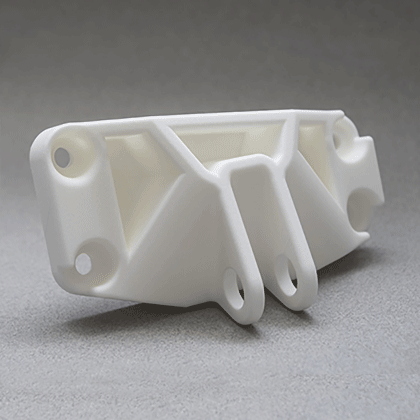The Evolution of Laser Sintering in Aerospace Engineering
Over the years, the aerospace industry has witnessed a significant transformation with the introduction of laser sintering services. This innovative technology has revolutionized the way components are manufactured, offering a more efficient and cost-effective solution for aerospace engineers.

Enhancing Productivity through Laser Sintering
One of the key benefits of laser sintering services in aerospace engineering is the ability to enhance productivity. By utilizing this advanced manufacturing process, engineers can quickly produce complex parts with high precision, reducing lead times and increasing overall efficiency.
Optimizing Design Flexibility with Laser Sintering
Another advantage of laser sintering services is the unparalleled design flexibility it offers. Aerospace engineers can now create intricate geometries and lightweight structures that were previously impossible to achieve using traditional manufacturing methods. This level of design freedom allows for the development of innovative solutions that push the boundaries of aerospace engineering.
Improving Cost-Effectiveness in Aerospace Manufacturing
Cost-effectiveness is a crucial factor in aerospace manufacturing, and laser sintering services play a significant role in achieving this goal. By reducing material waste, minimizing tooling costs, and streamlining the production process, engineers can optimize their resources and ultimately lower the overall manufacturing expenses.
In conclusion, boosting efficiency with laser sintering service in aerospace engineering is not just a trend but a necessity in today's competitive industry. By embracing this cutting-edge technology, aerospace engineers can elevate their capabilities, drive innovation, and stay ahead of the curve in the ever-evolving aerospace sector.



